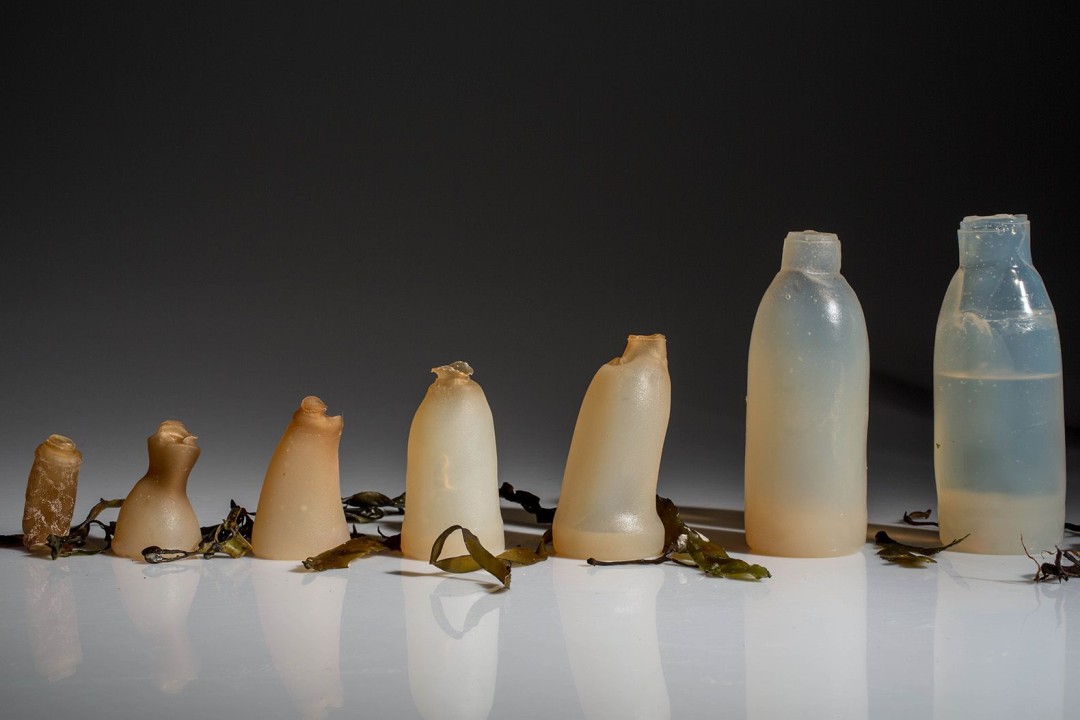Materials; biodegradable vs recyclable? What to choose and when.

Plastic has been so closely tied to pollution and climate change in recent years that more and more companies are seeking the switch to plastic free, biodegradable or ‘zero waste’ solutions. But when is it the right decision and when are you at risk of doing more harm than good?
We’ve created a flow chart as a handy guide; not to give us the perfect answer, but to at least challenge our assumptions and raise some important questions…

Is the product synonymous with recycling?
Introducing a material that requires a change in existing consumer habits can cause problems; make a plastic drinks bottle from a non-recyclable biodegradable material and you are at risk of contaminating recycling streams because people are used to putting drinks bottles in the recycling bin. Whilst there are flaws in the recycling system, recycling material is a positive thing, so it makes little sense to be directing material of value away from the recycling bin and into general waste.
Can the product be recycled?
Just because it can, doesn’t mean it can easily. Anything that requires additional steps by the consumer to send something back so you can specialist recycle it, will likely require an incentive for it to actually happen. Always consider human behaviour and don’t assume a best case scenario.
[Following on from above] Can the materials be separated easily?
Removing a plastic lid from an aluminium bottle is one thing, expecting a user to disassemble a 25 component piece of electronics is another. If the parts (or at least some parts) can be separated intuitively, then there is a great opportunity here for recycling. If they can’t - say the user would require a special tool for example, then you need to think carefully about what the end of life options are. If it’s likely going to end up in landfill or incineration, then using a biodegradable material may be a good option.
Are you taking a material out of a circular system into a linear one?
Aluminium and many recycled plastics can be recycled multiple times encouraging the circular economy and moving away from linear production-to-disposal life cycles. However if you are downcycling the material (e.g. turning plastic bottles into textiles) and the resulting product is unlikely to get recycled, then you are effectively ending this cycle. Instead look at utilising a waste product (such as fishing nets) that aren’t often recycled or consider biodegradable options.
Are the components big enough to be of value to recyclers?
Parts, especially paper or plastic ones, with two sides less than 40mm are typically too small to actually get recycled. They are also more at risk of ending up in the wrong place and creating litter. In this case, looking at biodegradable materials makes sense.
Where are the materials coming from?
Biodegradable materials can be made from cornstarch, bacteria, sugarcane, rice husks, hemp, bamboo, potatoes, the list goes on. Is it made from a crop, in which case where was it grown? Could that have been land to grow food? Was it once forest land? Even if the feedstock is typically considered a waste e.g. food waste, it’s likely that it’s a waste stream that has been diverted from an existing processing method such as composting. Making a material from plants is typically going to be better than using a virgin material that has required oil extraction or mining, however it may actually require more energy to produce than using a recycled material. Don’t make any assumptions, ask questions.

Are you truly reducing impact by switching to biodegradable materials?
Many biodegradable materials including many paper based solutions require more raw material, more water, more energy and more weight to produce a product with equal properties to that made from fossil fuels. Yes it may break down in nature, but we have to question whether the trade off is worth it?
Good to know…
With the EU Packaging and Packaging Waste Directive set to be enforced by 2025, the EU made a clear statement encouraging a circular approach, promoting either recycling or direct reuse of materials. Aiming for recycling content in packaging to surpass virgin fossil fuels, a 15% reduction in packaging waste by 2040 compared to 2018 and a push towards closed-loop refillable solutions, it’s clear that these new regulations will have widespread consequences for brands and producers. What is also clear is that there is currently no priority to promote the widespread use of biodegradable or compostable materials, which isn’t to say that they don’t have a place.
At Morrama we weigh up the needs of your business, your customer and our planet to determine the best design, material and manufacturing solution for your product. Get in touch to discuss by email at info@morrama.com.




